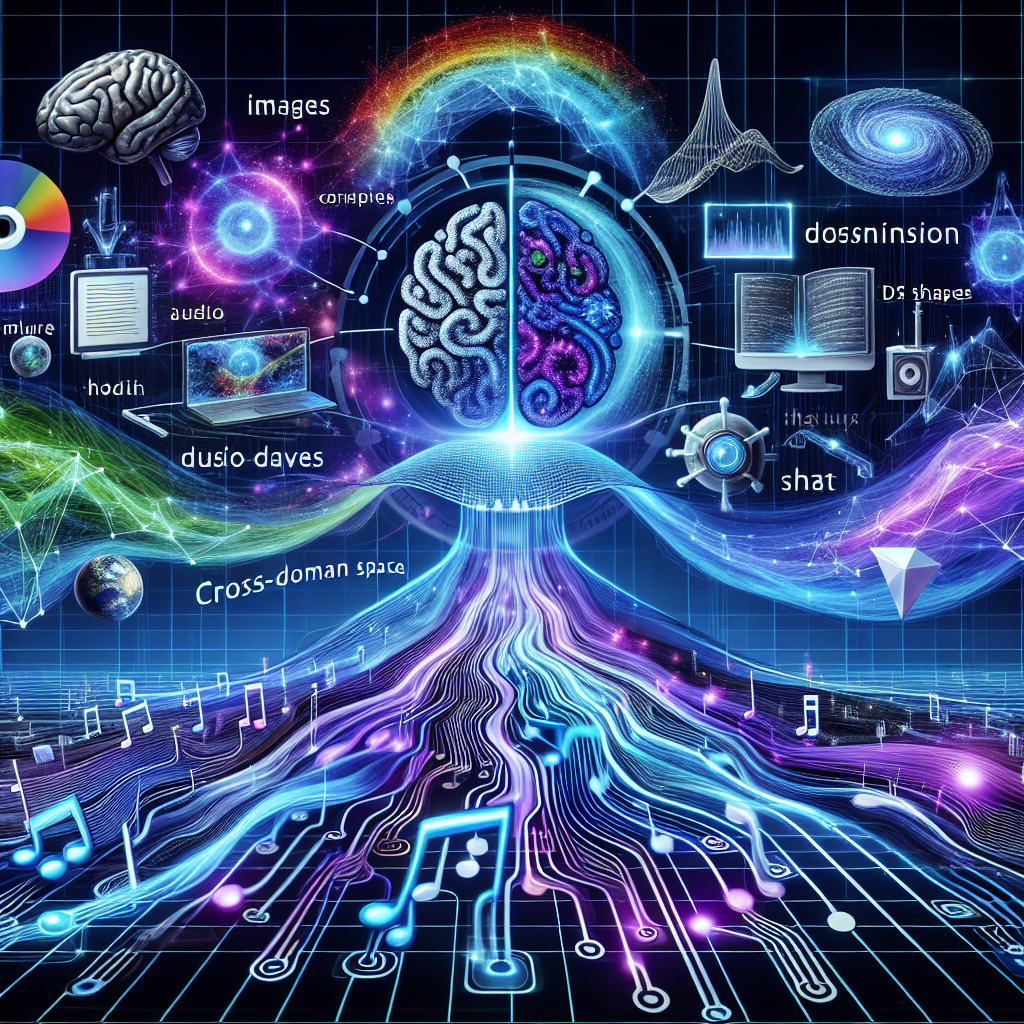Highlights:
- Introduces the Latent Denoising Diffusion Bridge Model (LDDBM) for general-purpose modality translation.
- Overcomes limitations of existing models that require shared dimensionality or modality-specific architectures.
- Employs contrastive and predictive losses to enhance semantic alignment and translation accuracy.
- Demonstrates strong results across diverse tasks including 3D shape generation and super-resolution.
TLDR:
A team of researchers has developed the Latent Denoising Diffusion Bridge Model (LDDBM), a generative AI framework that bridges different data modalities—such as text, image, or 3D structures—without restrictive assumptions. This innovation strengthens cross-domain learning and sets a new benchmark for versatile, multimodal AI systems.
In a groundbreaking advancement for artificial intelligence and computer vision, researchers Nimrod Berman, Omkar Joglekar, Eitan Kosman, Dotan Di Castro, and Omri Azencot have introduced the Latent Denoising Diffusion Bridge Model (LDDBM). Their paper, titled “Towards General Modality Translation with Contrastive and Predictive Latent Diffusion Bridge,” addresses a long-standing challenge in generative modeling: enabling machines to seamlessly translate between different modalities such as images, audio, 3D shapes, and other sensory data.
Diffusion models have rapidly become the gold standard for generating complex data distributions. Yet, most existing techniques are limited to single-modality settings or require strong assumptions—such as shared dimensionality or Gaussian priors—that hinder their scalability. The LDDBM framework breaks away from these constraints by establishing a shared latent space where arbitrary modalities can interact via a learned diffusion bridge. This approach allows models trained in one sensory domain to meaningfully translate or correlate with another, offering new opportunities for multi-sensory AI systems.
Technically, LDDBM operates as a latent-variable extension of existing Denoising Diffusion Bridge Models. It employs a domain-agnostic encoder-decoder structure that predicts and controls noise in a shared latent space. To maintain semantic integrity, the model integrates a contrastive alignment loss that aligns semantically related data pairs, such as an image and its corresponding depth map. Additionally, a predictive loss term ensures accurate cross-domain translation by guiding the model toward improved generative stability and performance. The authors conducted extensive experiments across various modality translation tasks—including multi-view to 3D shape generation, image super-resolution, and scene synthesis—outperforming prior state-of-the-art results and establishing LDDBM as a strong new baseline.
This research not only enhances our understanding of how neural networks can bridge sensory differences but also opens the door for applications in robotics, AR/VR content creation, and autonomous perception systems. As multimodal AI increasingly becomes central to human-computer interaction, frameworks like LDDBM point toward a future where machines truly understand and generate across multiple sensory channels with coherence and precision.
Source:
Source:
arXiv:2510.20819 [cs.CV], ‘Towards General Modality Translation with Contrastive and Predictive Latent Diffusion Bridge’ by Nimrod Berman, Omkar Joglekar, Eitan Kosman, Dotan Di Castro, and Omri Azencot (https://arxiv.org/abs/2510.20819)

